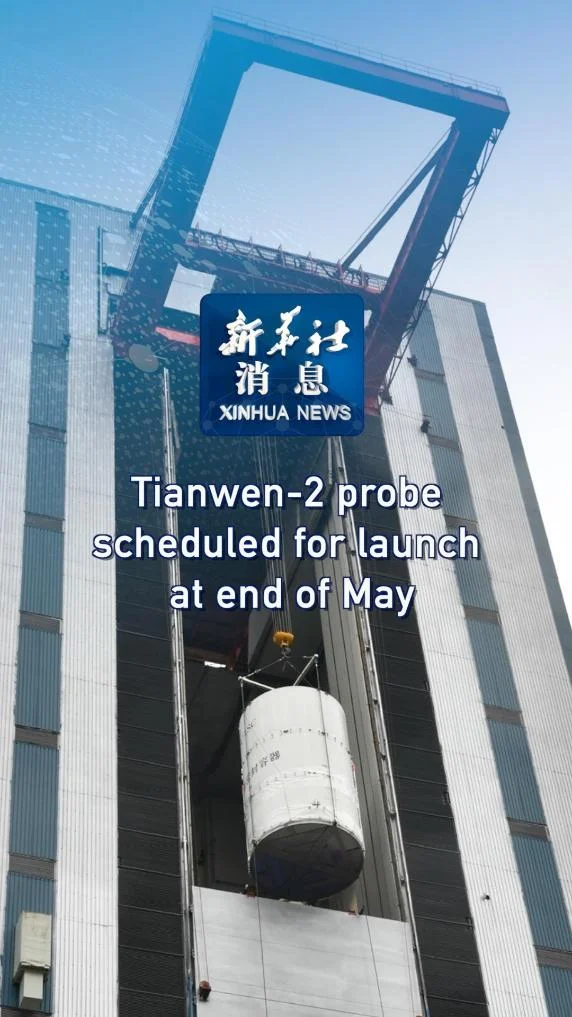
China’s Tianwen-2 Mission Gears Up for Asteroid Sample Return: A Deep Dive
China is on the cusp of launching its ambitious Tianwen-2 mission, marking a significant step in the nation's interplanetary exploration program. Scheduled for launch before the end of May from the Xichang Satellite Launch Center, this mission aims to conduct an asteroid sample-return operation, targeting the near-Earth quasi-satellite 2016 HO3.
The China National Space Administration (CNSA) announced that the Tianwen-2 robotic probe has already been moved to the launch preparation area and is undergoing prelaunch functional checks. The Long March 3B carrier rocket, crucial for this endeavor, was transferred to the launch site earlier in the week.
What's the Mission Objective? Tianwen-2's primary objective is to collect samples from 2016 HO3, also known as 469219 Kamo'oalewa. This celestial body, discovered in 2016, is of particular interest to scientists because it's considered a quasi-satellite of Earth, meaning it orbits the sun in a way that keeps it nearby our planet.

According to mission planners, after approaching 2016 HO3, the spacecraft will orbit for months. It will then fly very close to the asteroid to gather dust samples from the surface using a mechanical arm. The reentry module will return to Earth with the precious specimens. But the journey doesn't end there; after dropping off its cargo, the orbiter will continue towards a main-belt comet, 311P, located between Mars and Jupiter, for further scientific investigation.
Why is 2016 HO3 Important? Scientists believe that 2016 HO3 holds vital clues to the early history of our solar system. Its composition potentially reflects the original materials from which planets formed. Studying samples retrieved by Tianwen-2 could provide invaluable insights into the evolution of our cosmic neighborhood, a process that could enhance our understanding of planetary creation and evolution.
Tianwen Series Success This mission falls under China's Tianwen series of interplanetary exploration endeavors. The first mission, Tianwen-1, successfully landed on Mars in 2021, deploying the Zhurong rover. Zhurong became the sixth rover to traverse the Martian surface, after five deployed by the United States, solidifying China's position as a major player in deep-space exploration.
The launch of Tianwen-2 marks China's continued commitment to pushing the boundaries of space exploration. The findings from this mission promise to broaden our understanding of the solar system's history and composition. What new discoveries await us from the asteroid 2016 HO3 and the comet 311P? Share your thoughts in the comments below!